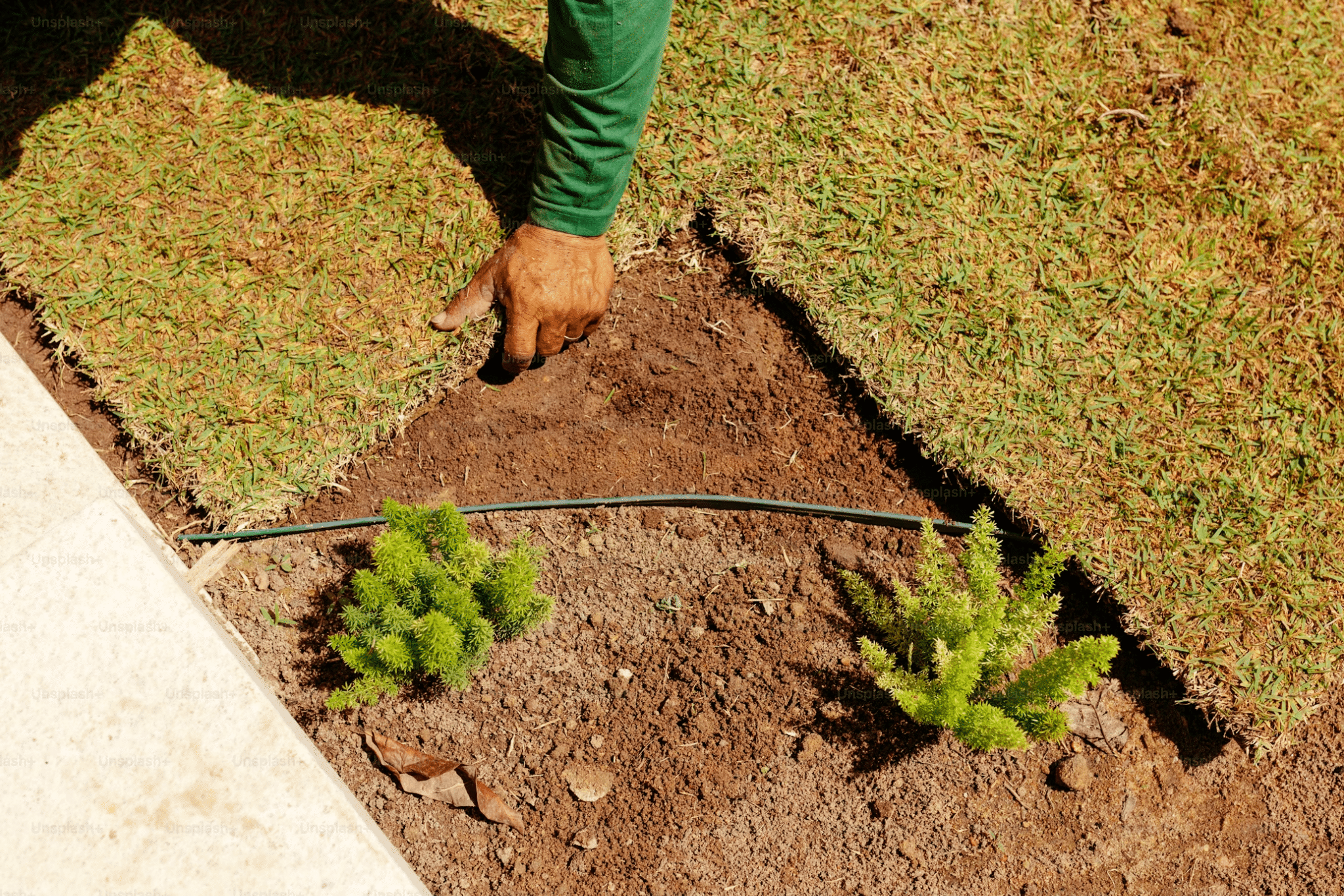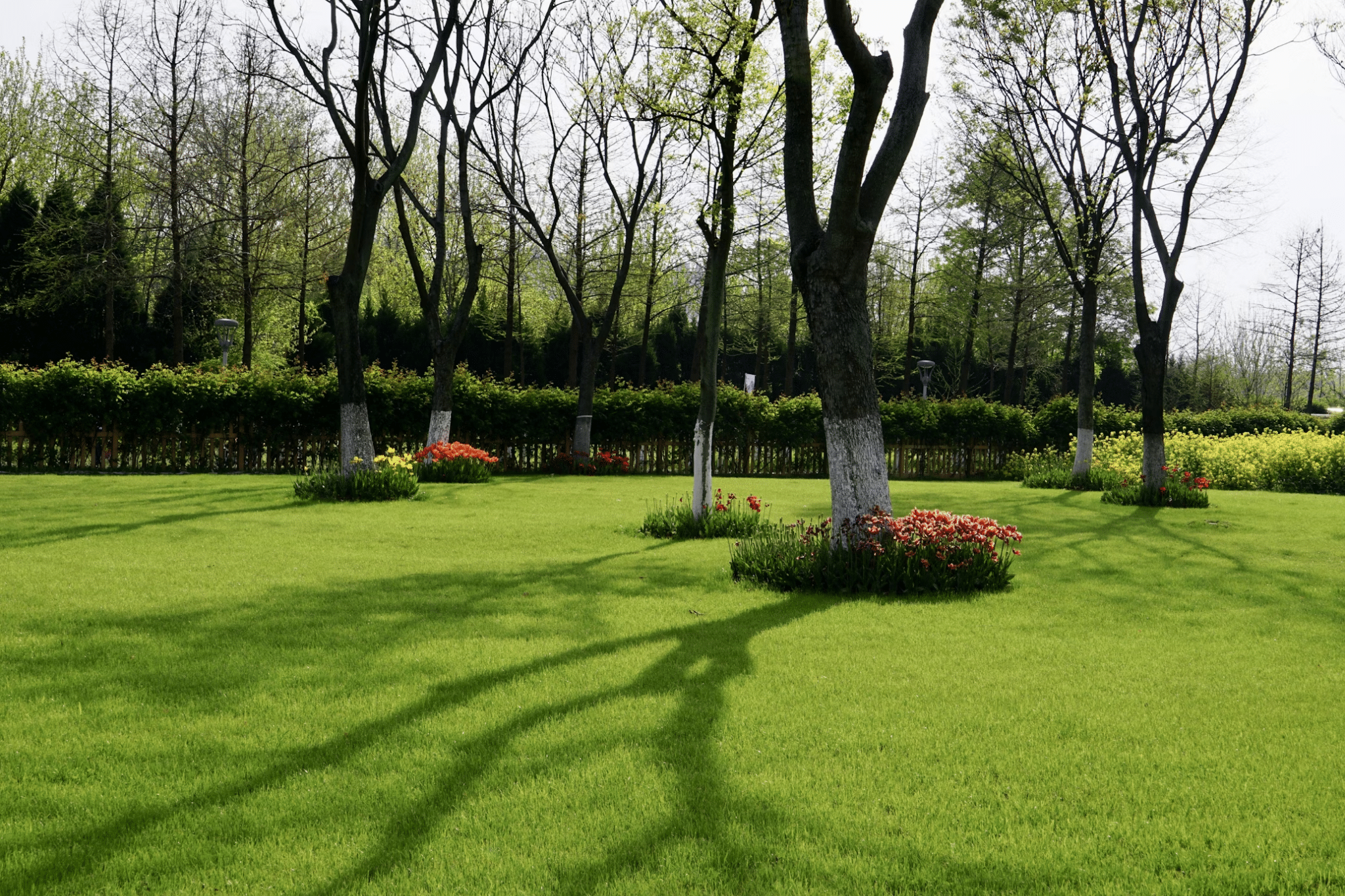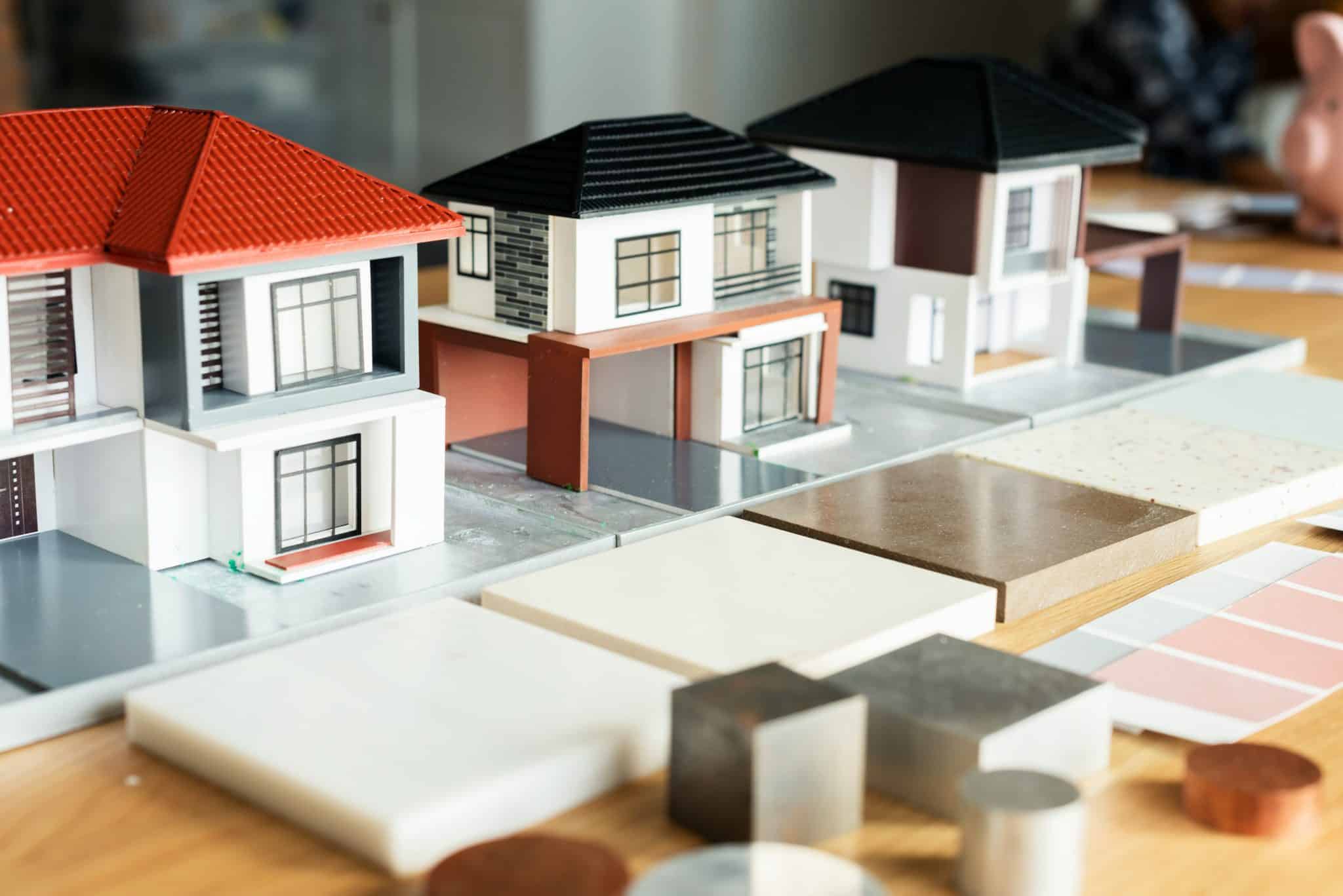Sustainable landscape design creates outdoor spaces that are good for the environment. It uses native plants and saves water to reduce waste. The goal is to make landscapes healthy, low-maintenance, and eco-friendly.
Sustainable landscape design follows key principles to protect the environment. It focuses on reducing water use, improving soil health, and choosing plants that fit the local climate. These practices help save resources and create long-lasting outdoor spaces.
Here are seven critical sustainable landscape design principles you should be following.
Use Native Plants
Using native plants is a key principle of sustainable landscape design. These plants are adapted to the local climate. They need less water, fertilizer, and care. This saves resources and reduces the use of chemicals that can harm the environment.
Native plants also thrive naturally, making landscapes more resilient to weather changes.
Incorporating native species supports local ecosystems by providing food and shelter for wildlife. They help attract pollinators like bees and butterflies. These are vital for a healthy environment.
For example, a plant like Eastern Red Columbine (or Aquilegia canadensis) would likely do better when doing commercial landscaping NYC than something like Saguaro cactus (Carnegiea gigantea). That’s because Eastern red columbine is native to the NY area, so it’s less likely to struggle with the local climate.
Native plants also create balanced outdoor spaces by preserving biodiversity. This approach blends beauty with sustainability to benefit both people and nature.
Conserving Water
Conserving water is a vital principle of sustainable landscape design. Efficient practices reduce waste, lower costs, and protect natural resources. These include:
- Installing drip irrigation systems to target plant roots directly.
- Using rainwater harvesting to collect and reuse water for landscaping.
- Choosing drought-tolerant plants that require minimal watering.
Smart water conservation also prevents runoff and soil erosion to protect local ecosystems. Incorporating permeable surfaces and rain gardens ensures landscapes can naturally manage water flow. This results in sustainable, eco-friendly outdoor spaces.
Reduce Lawn Areas
Reducing lawn areas is a smart step in sustainable landscaping. Large lawns require excessive water, fertilizer, and mowing, which strain resources. You must minimize grassy spaces to conserve water and reduce maintenance efforts.
Replacing lawns with alternatives like native plants, shrubs, or hardscaping creates low-maintenance, eco-friendly spaces. These options enhance beauty while cutting down on resource use. Functional designs, such as gravel paths, can also add practicality to outdoor areas.
Smaller lawn areas support biodiversity by encouraging diverse plant life. This shift lowers costs and promotes sustainability. The result is a balanced, resource-efficient landscape that aligns with environmental goals.

Improve Soil Health
You must improve soil health to ensure sustainable landscaping. Remember, healthy soil supports strong plant growth, retains water better, and reduces the need for chemical fertilizers.
Adding organic compost and mulch makes sure that landscapes can naturally enrich the soil and promote long-term fertility.
Here is what you can do:
- Use compost to add nutrients and improve soil structure.
- Apply mulch to retain moisture and reduce weed growth.
- Avoid synthetic chemicals that can harm soil microbes and ecosystems.
Healthy soil also plays a key role in fighting climate change by storing carbon. It creates a thriving ecosystem underground, supporting plants and beneficial organisms. This foundation ensures landscapes remain vibrant and low-maintenance over time.
Incorporate Permeable Features
Permeable surfaces are a simple way to support sustainable landscapes. These surfaces, like permeable pavers or gravel, let rainwater soak into the ground instead of creating runoff. This helps recharge groundwater and reduces erosion.
Permeable surfaces also filter pollutants from water, protecting local ecosystems. They minimize flooding risks by allowing natural drainage, even in urban areas. This makes them both practical and eco-friendly for high-traffic spaces.
Using permeable materials is a great way to complement other sustainable practices, such as native plants and rain gardens. It creates a resilient, resource-efficient landscape that benefits both people and the environment.
Promote Biodiversity
Promoting biodiversity involves creating habitats for various plants, insects, and animals. This creates landscapes that can support healthier ecosystems. It benefits the environment and enhances the beauty and resilience of outdoor spaces.
Here’s what you can do to boost biodiversity in your outdoor spaces.
- Plant a variety of native species to attract pollinators like bees and butterflies.
- Add features such as birdhouses, ponds, and rock gardens to encourage wildlife.
- Avoid pesticides and chemicals that harm beneficial organisms and disrupt ecosystems.
Biodiversity strengthens landscapes by making them more adaptable to changes in weather and pests. It creates balance and sustainability while providing natural pest control and pollination. The result is a vibrant, thriving outdoor space that works in harmony with nature.
Minimize Waste
Reusing materials like stone, wood, and concrete is essential to reduce the need for new resources. This approach cuts down on waste and lowers the environmental impact of construction and maintenance.
Landscapes can also minimize waste by choosing durable, long-lasting materials that require less frequent replacement. Composting organic debris like leaves and grass clippings turns waste into nutrient-rich soil. These practices not only conserve resources but also create efficient, eco-friendly outdoor spaces.
In Closing
Landscaping doesn’t have to put unnecessary stress on already strained resources. Follow the sustainable landscape design principles we’ve discussed to deliver an incredible landscape that adds to the environment, instead of taking from it.
That means using native plants, conserving water, reducing lawn areas, improving soil health, incorporating permeable features, promoting biodiversity, and minimizing waste. Happy landscaping.








